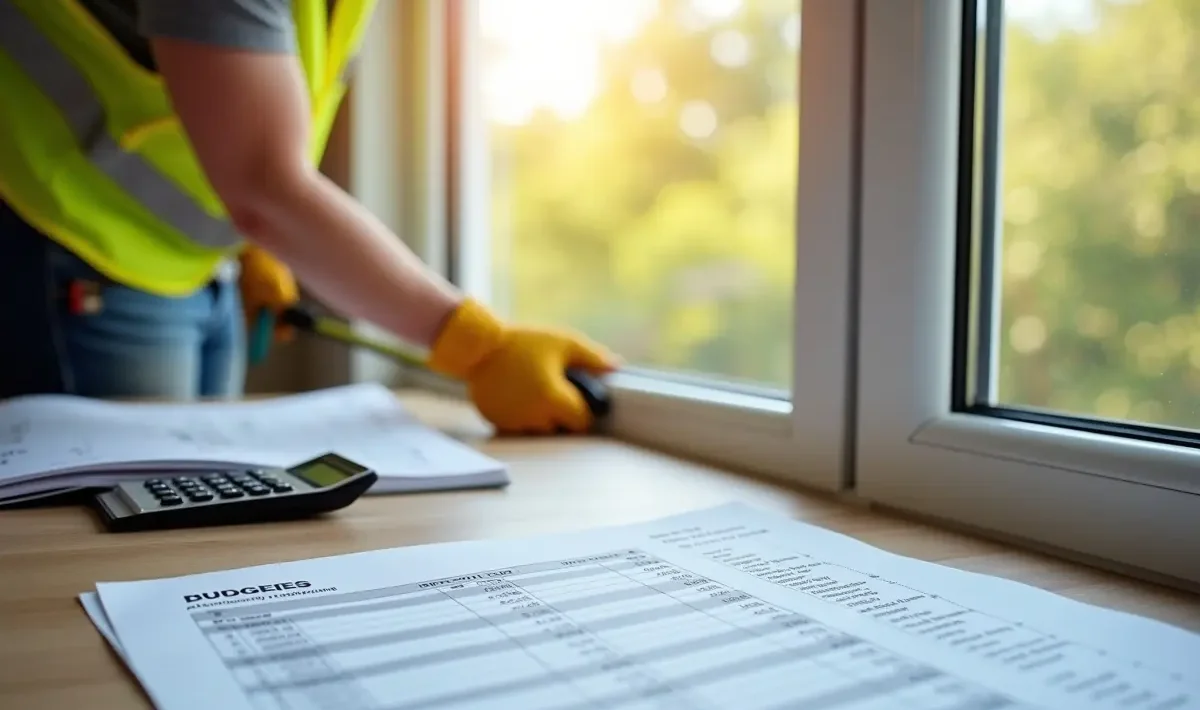Planning a window replacement project can feel like a big undertaking, especially when it comes to budgeting. If you’re trying to figure out the costs and how to plan for them, you’re not alone. The good news? With a little guidance and a clear breakdown of factors, you’ll be well-prepared to handle your window upgrade without breaking the bank.
Start with Research: Know What You Need
Before jumping into numbers, take a step back and assess your needs. Are you replacing a single window, upgrading your entire home, or addressing specific issues like energy efficiency? Each of these scenarios will impact your budget differently. For example, high-efficiency windows typically cost more upfront but can save you money on energy bills in the long run.
Once you know what type of window replacement Venice FL you’re looking for, take some time to research the average costs. Window prices vary based on factors like material, size, and design. A basic vinyl window may cost less than a wood or fiberglass option. It’s also helpful to look into labor costs in your area, as installation can make up a significant part of the overall expense.
Break Down the Costs
A clear budget starts with understanding where your money will go. Here’s what you’ll need to consider:
- Window Materials – Different materials come with different price points. Vinyl windows are typically the most affordable, while wood and fiberglass options are on the higher end.
- Window Style – Simple styles like single-hung or double-hung windows tend to cost less than custom shapes or specialty designs like bay or bow windows.
- Size and Quantity – Replacing multiple windows or larger ones will naturally increase costs.
- Labor and Installation – Professional installation fees can vary based on your location, the complexity of the job, and the contractor you choose.
- Additional Features – Extras like triple-pane glass, UV coatings, or custom colors will add to the total cost.
By understanding these components, you can get a better idea of where to allocate your budget.
Prioritize Energy Efficiency
If lowering energy bills is a goal, investing in energy-efficient windows can be a smart move. Look for features like double- or triple-pane glass, gas fills, and Low-E coatings. While these options often cost more upfront, they can lead to significant savings on heating and cooling over time. Plus, some energy-efficient windows may qualify for rebates or tax credits, which could ease the initial investment.
Don’t Forget Hidden Costs
It’s easy to overlook expenses that aren’t immediately obvious. For instance, if your existing windows have structural damage or rot, repairs will add to the cost. Removing old windows and disposing of them may also come with additional fees. Ask your installer for a full breakdown of potential charges so there are no surprises later.
Set a Realistic Budget
Now that you’ve considered all the factors, it’s time to set your budget. A good rule of thumb is to plan for about $600–$1,000 per window, including installation, depending on materials and style. However, custom or high-end windows can go well beyond this range.
If you’re replacing multiple windows, you might find that costs add up quickly. In this case, you could prioritize the most urgent replacements first and tackle the rest over time. Spreading out the project can make it more affordable while still addressing your immediate needs.
Get Multiple Quotes
When it comes to installation, don’t settle for the first quote you receive. Reach out to at least three contractors to compare prices, services, and timelines. Be sure to check reviews and ask about warranties for both the windows and the installation work. A reliable installer may not always be the cheapest option, but they can save you from costly mistakes down the road.
Consider Financing Options
If paying for your project upfront isn’t feasible, financing might be a good solution. Many contractors and window manufacturers offer financing plans with low-interest rates or deferred payments. Home improvement loans or using a home equity line of credit are also worth exploring. Just be sure to read the terms carefully and factor in any interest when planning your budget.
DIY vs. Professional Installation
Thinking of tackling the installation yourself to save money? While it might sound tempting, window installation is a precise job that requires specialized tools and expertise. Improper installation can lead to issues like air leaks, water damage, or voided warranties. Unless you’re experienced, it’s usually worth hiring a professional to ensure the job is done right the first time.
How to Save Without Sacrificing Quality
Budgeting doesn’t always mean going for the cheapest option. There are plenty of ways to save without compromising on quality.
- Choose Standard Sizes – Custom windows can be significantly more expensive than standard sizes.
- Consider Mid-Range Materials – You don’t always need top-of-the-line materials to get great performance. Look for options that balance quality and affordability.
- Time Your Project Strategically – Off-season installations (usually during late fall or winter) may come with discounts or promotions.
- Ask About Discounts – Some companies offer bulk discounts for replacing multiple windows or special deals for new customers.
- Keep It Simple – Fancy designs or features are nice but can quickly inflate costs. Stick to what you truly need.
The Payoff Is Worth It
Replacing your windows is an investment in your home’s comfort, energy efficiency, and curb appeal. While the upfront costs may seem steep, a well-planned budget can make the process more manageable. Plus, you’ll likely see long-term benefits like lower energy bills, better insulation, and increased property value.

